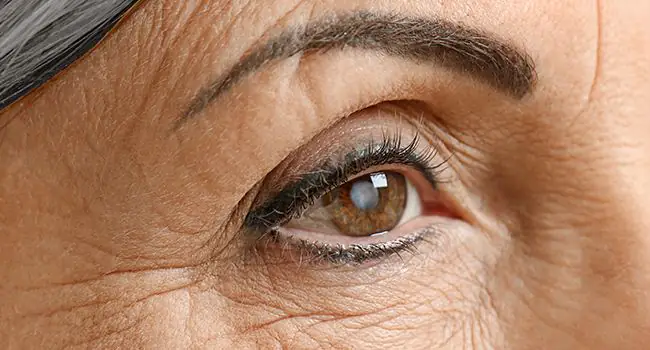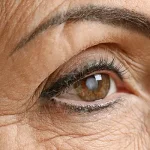Glaucoma is one of the most severe eye problems and can permanently hamper your vision if not treated on time. In this condition, your optic nerve is damaged because of increased intraocular pressure. This condition usually occurs after 50 years of age but can sometimes even occur at a younger age after an injury or trauma to the eye.
Once a person is diagnosed with glaucoma, the treatment should be started as soon as possible. In some cases, the intraocular pressure (IOP) rises suddenly, and when the pressure becomes too high, it puts you at risk of a medical emergency in the form of a glaucoma attack.
What is a Glaucoma Attack?
Glaucoma attack, also known as acute angle-closure glaucoma or narrow-angle glaucoma attack, is a medical emergency related to the eye. Glaucoma attack is a severe condition in which the pressure increases rapidly in a matter of an hour. This condition is not as common as other forms of glaucoma.
The condition is typically seen in people between 55-65 years of age and is found to be more present in women.
Various factors can cause glaucoma attacks. The attacks can occur when you are too stressed or even too excited. They can also occur by taking certain medications like antihistamines or antidepressants. Some eye conditions like uveitis or cataract can also lead to a glaucoma attack. Sometimes, conditions like diabetic neuropathy and tumours can also be the cause of this condition.
Glaucoma attack can occur in one or both eyes. However, experts have observed that if you get a glaucoma attack in one eye, you will most likely get it in the other eye as well.
Symptoms of a Glaucoma Attack
As it is considered an ophthalmic emergency, you should be well aware of the glaucoma attack symptoms to get timely treatment. Some of the important symptoms are:
- Sudden pain and discomfort in the eye
- Blurred vision
- Headache
- Spots or halos in vision
- Sudden loss of vision
- Redness and irritation to the eyes
- Increased sensitivity to light
These symptoms occur suddenly at a rapid rate and are hard to ignore. You should consult with your ophthalmologist immediately.
Treating a Glaucoma Attack
Glaucoma attack treatment should be started as soon as the condition is diagnosed. The initial line of treatment is to make any possible efforts to lower the intraocular pressure as the sudden high rise in IOP can cause significant damage to your optic nerve.
To achieve this, your doctor may use medications that lower intraocular pressure at the earliest and eye drops to narrow your dilated pupil. The medications may include topical beta-blockers and oral or intravenous acetazolamide.
After the intraocular pressure is significantly dropped, your doctor may perform a procedure called laser iridotomy. In this procedure, a laser is used to make a hole in your iris to make the fluid flow back into your eye.
In some cases, corneal compression is started as the first line of treatment. The doctor, however, proceeds with medication if the corneal compression fails to break the glaucoma attack.
Surgical treatment is only considered in people who have cataracts.
Why Choose Centre for Sight?
Centre for Sight aims at providing you with the best eye care. Our experienced and well-trained healthcare professionals ensure that both the treatment and recuperation are handled in a timely and effective manner. With many leading glaucoma specialists at Centre for Sight, we are one of the most renowned places when it comes to glaucoma attack treatment.
Article: What to Do During a Glaucoma Attack?
Author: CFS Editorial Team | Aug 05 2021 | UPDATED 07:00 IST
*The views expressed here are solely those of the author in his private capacity and do not in any way represent the views of Centre for Sight.





